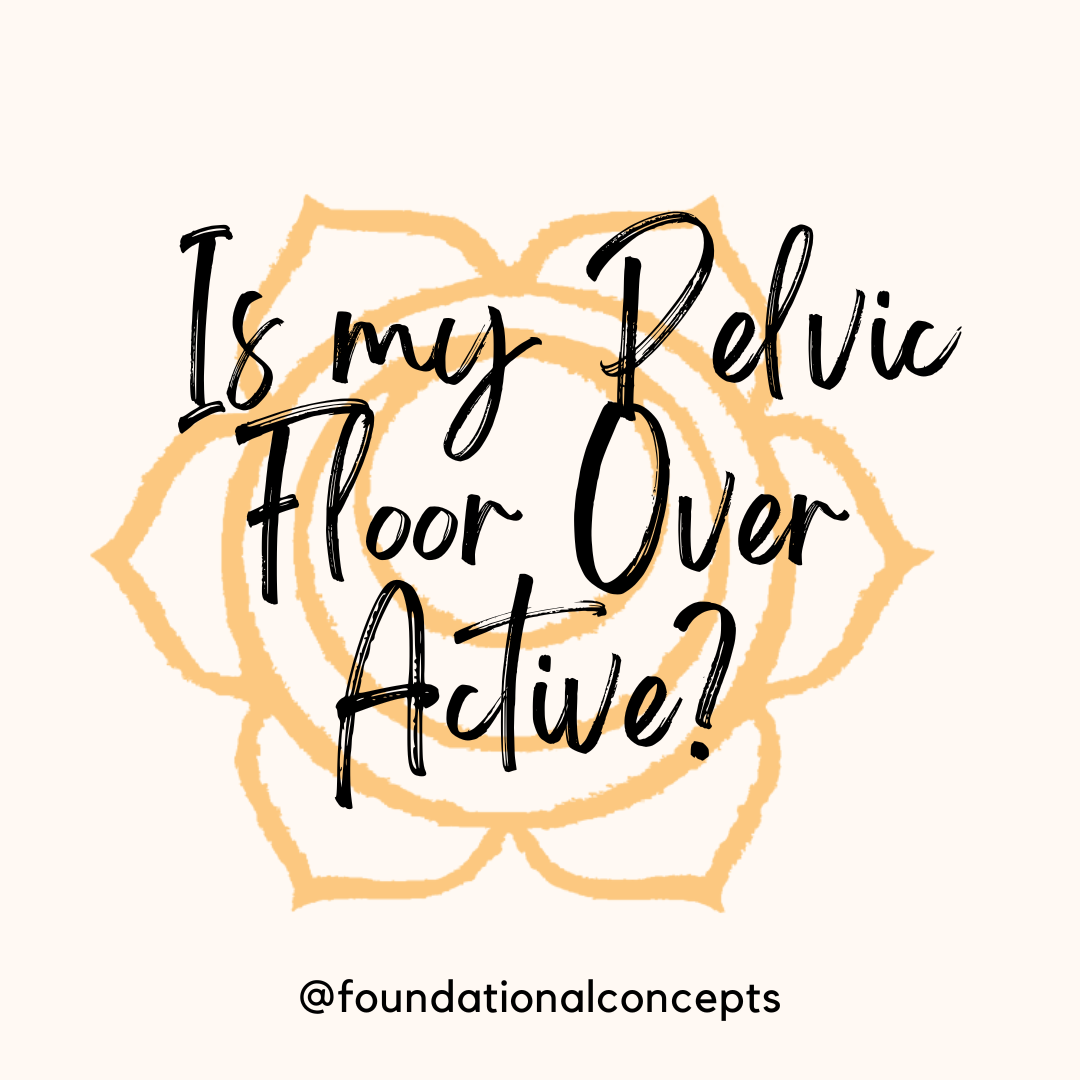We often see patients with anal pain, irritation, and itching. Many times, they will have…

Constipation and Pelvic Organ Prolapse
Chronic constipation and frequent straining to have a bowel movement is a common complaint that goes hand in hand with pelvic organ prolapse. The constant straining and poor bowel habits can contribute to a prolapse. And a prolapse can cause constipation to worsen. So, this is a vicious cycle that we want to break to help with prolapse symptoms.
Often with constipation, it is easy to hold your breath and push or strain to try to get poop out. When this happens often to try to poop, the downward pressure from holding your breath and pushing puts significant pressure on your pelvic floor. With breath holding, it is easy to also clench your jaw and tighten your pelvic floor muscles to get more abdominal pressure. With this muscle tightening, you are trying to poop through a closed door which makes it harder to go poop. This is called dyssynergic defecation.
When there is a rectocele or the rectum is pushing forward into the vaginal wall, a pocket forms where stool can get caught or stuck. Women will often say that they have more success pooping if they put pressure on the back wall of their vagina to have a bowel movement. With this pocket of stool, it is hard to have a complete emptying of your rectum and you may feel like there is still something there after having a bowel movement. This can lead to straining as well to finish a stool.
Pelvic floor physical therapy is a great place to help break these cycles. After a thorough history about your symptoms, we can assess if you have a prolapse, how your muscles are working when you try to have a bowel movement, and if you are able to coordinate your breathing with your pelvic floor. From there we can help to improve your toileting strategies, diet, water intake, and activity to improve your constipation and prolapse symptoms.
Here are a couple of good places to start:
- Eat a good variety of soluble and insoluble fiber. This can include chia or flax seeds, apple sauce, prune juice, brown rice, leafy greens, and fruit.
- Drink plenty of water. A good start is half your body weight in ounces.
- Go for a walk. Activity helps to stimulate your colon and get it moving.
- When trying to go poop, check to see if your knees are higher than your hips. Add a stool or squatty potty in your bathroom if you need to. Lean forward a little and put your elbows on your knees and breathe into your belly.
- If you need to bear down, keep breathing. Holding your breath increases pressure on your pelvic floor and tightens the pelvic floor muscles.
Try these tips and reach out to a pelvic floor physical therapist. We can help you develop a plan to improve your constipation and take the strain out of pooping. We offer a free, 15 minute phone consult to answer questions and make sure you are in the right place to get well!




